C4 Hill, located in Ham Rong Ward ( Thanh Hoa City), is a historical site associated with the glorious victories of our army and people in the battle to protect the historic Ham Rong Bridge. Although nearly half a century has passed, this place still bears the heroic imprint of a time of bloodshed.
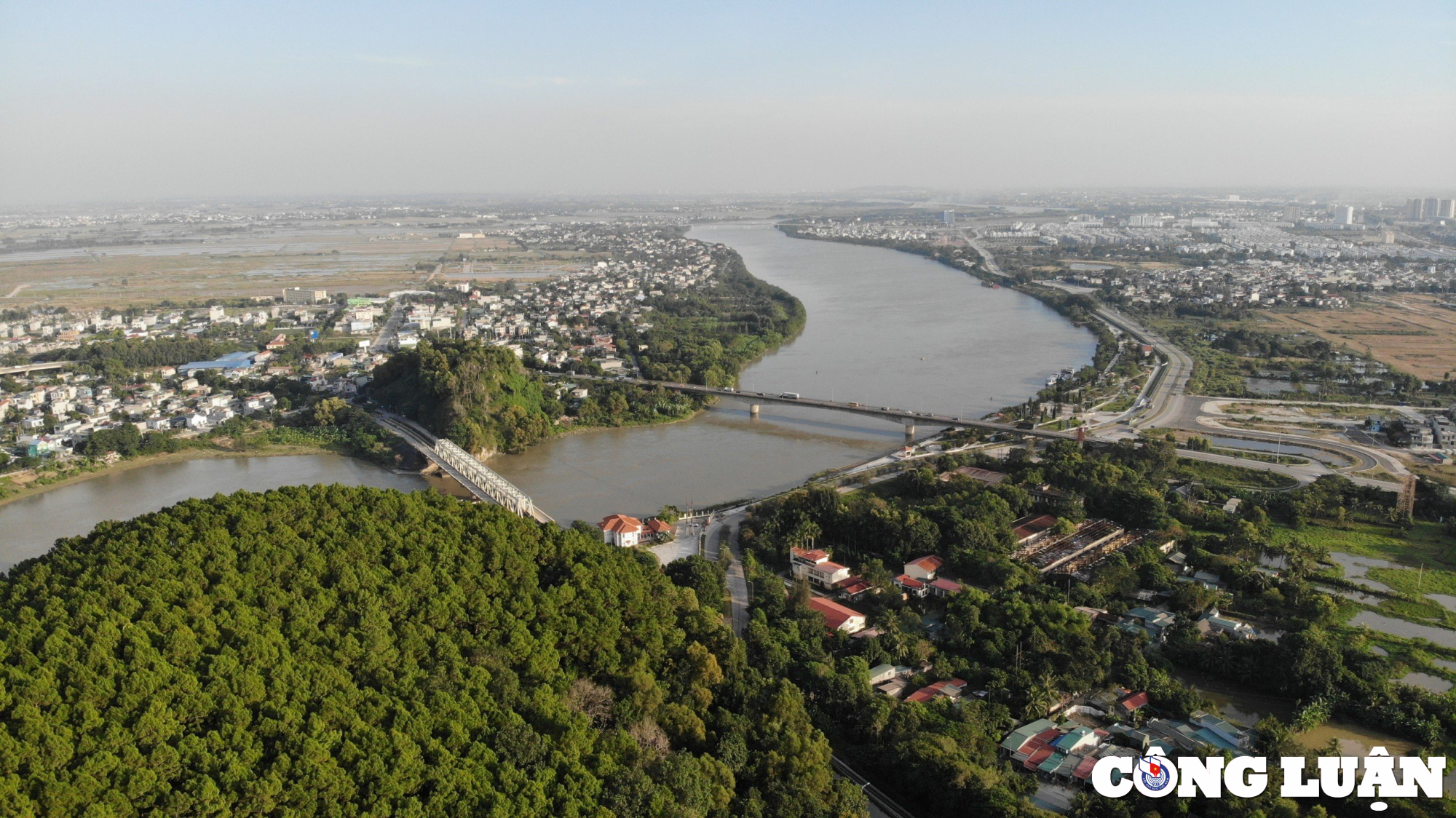
The C4 Hill battleground is located on Dragon Mountain, about 500m from Ham Rong Bridge.
The C4 Hill battleground is located on Dragon Mountain, about 500m from Ham Rong Bridge. During the war, this mountain was not as green as it is now, making it an ideal location for our troops to choose as an anti-aircraft artillery position to attack American aircraft.
The anti-aircraft artillery position on Hill C4 was established on May 31, 1965, with the main force being Company 4 of Regiment 228, Air Defense and Air Force Command. This was the main force throughout the first phase of the war against the US imperialists at the "Ham Rong fire zone".
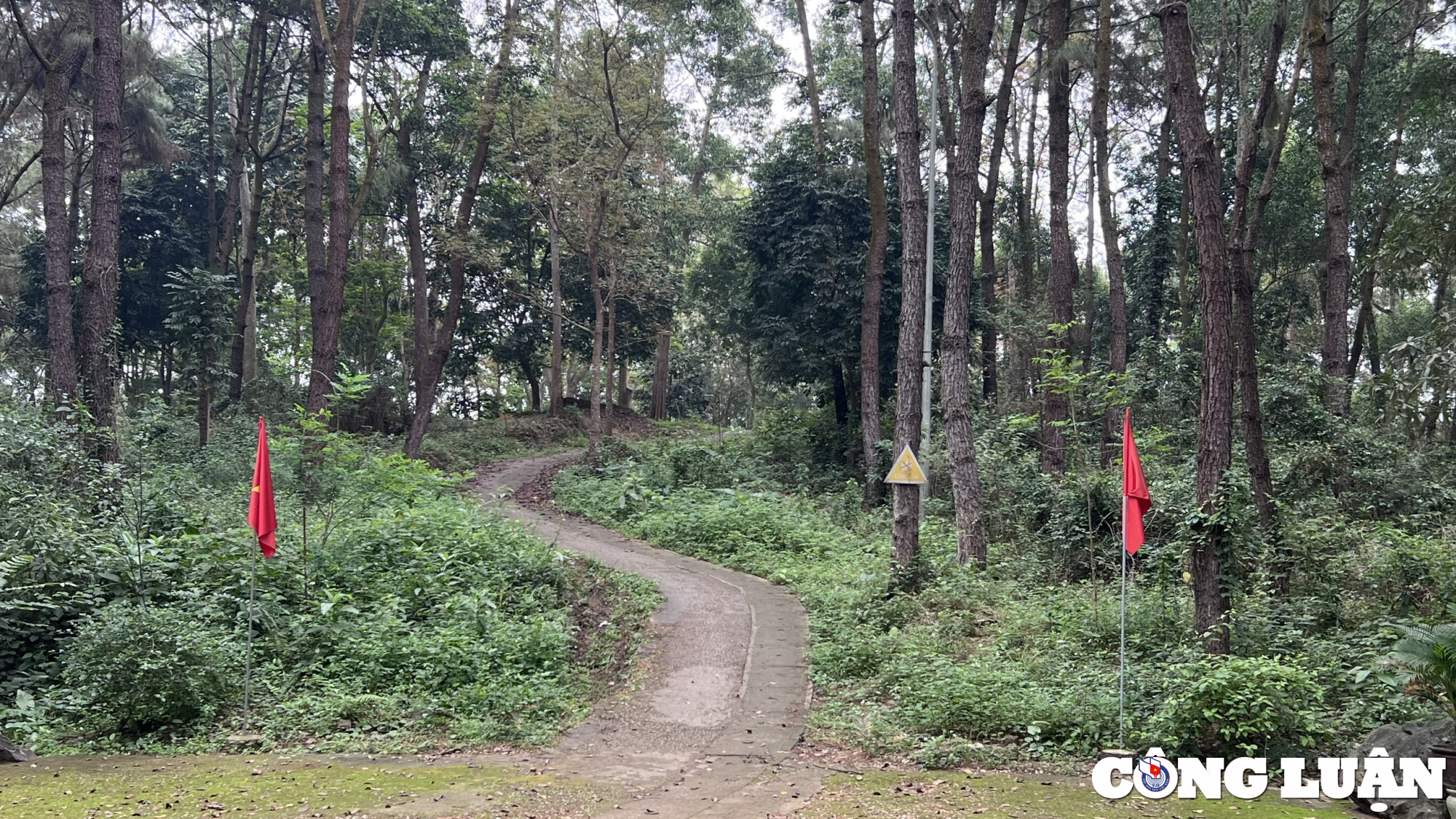
Road to the top of C4 hill
On an area of approximately 120,000 m2, the troops deployed artillery positions including a command bunker in the central area, two artillery platoons (B1 and B2), six gun crews, a club bunker, and two ammunition bunkers. On the roof of the command bunker were two positions, each less than one square meter wide and about 1.2 meters deep, for the company deputy commander, deputy political commissar, and equipment.
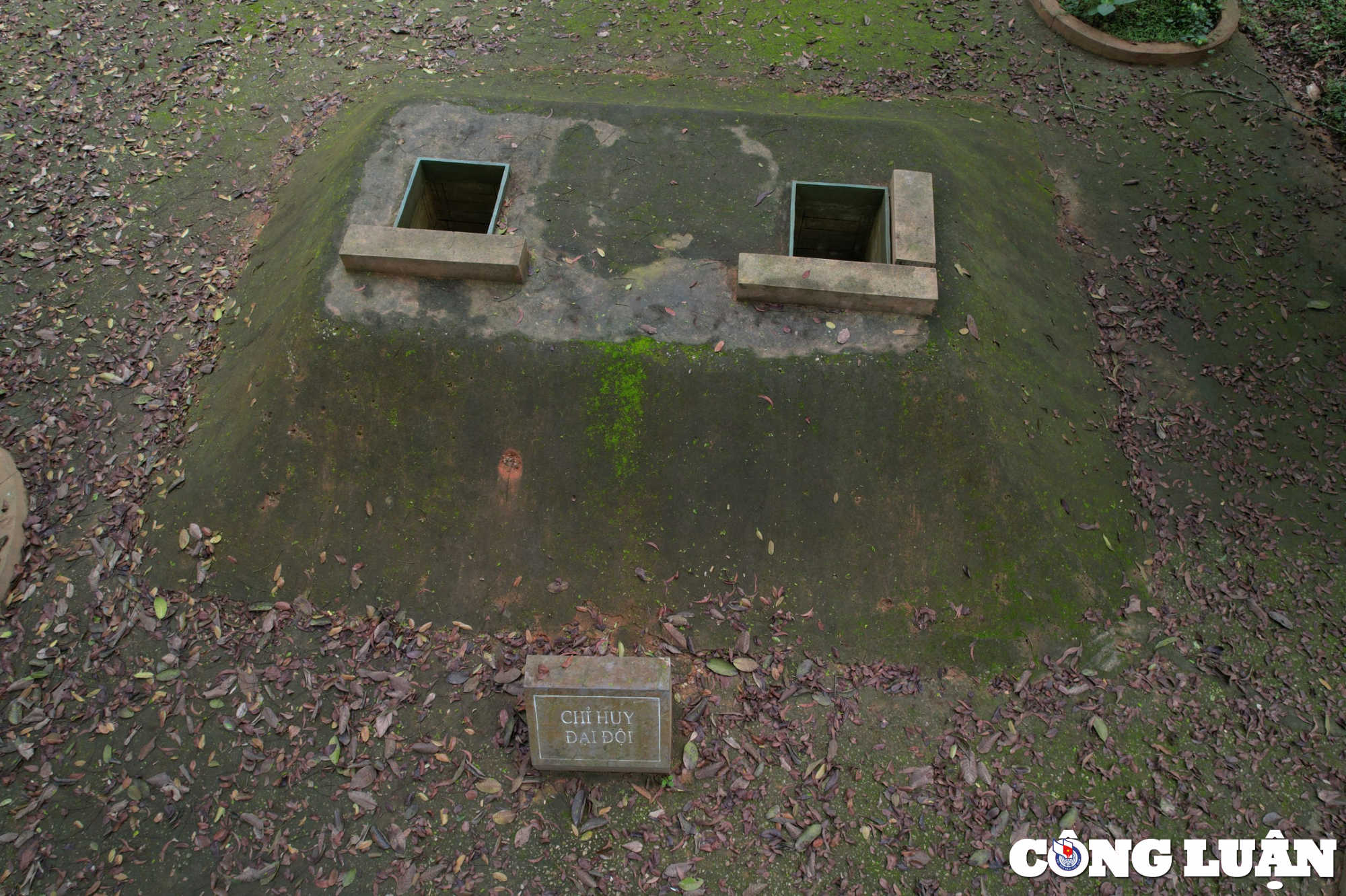
On top of the command bunker, there are two positions, each less than one square meter wide and about 1.2 meters deep, reserved for the company deputy commander, deputy political commissar, and equipment.
At the radar observation post (located on Hill C5 not far away), when the company commander and chief political commissar saw enemy aircraft flying into their sights, they ordered the command bunker to raise the flag so that the gun crews could aim directly at the enemy and fire.
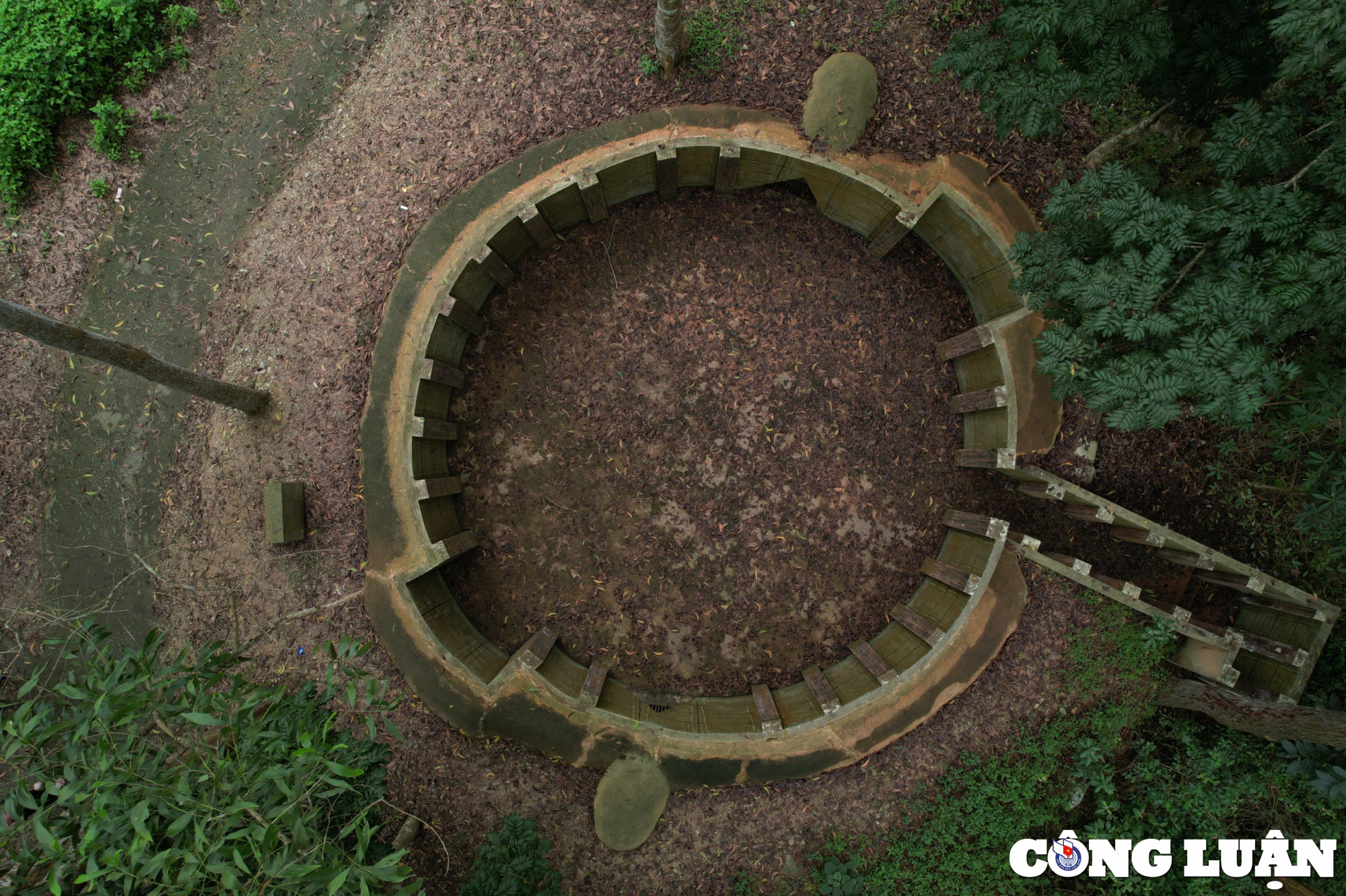
The anti-aircraft artillery position on Hill C4 was established on May 31, 1965, with the main force being Company 4 of Regiment 228, Air Defense and Air Force Command.
Surrounding the command bunker were pillboxes, which also served as the main fighting positions for the six artillery batteries numbered from one to six. Baskets 1-3 were located to the east, while the remaining three were positioned to the west. These pillboxes were originally constructed primarily of clay and reinforced with tree trunks or empty ammunition crates. Each pillbox was approximately 8 meters in diameter and nearly 1.5 meters deep.
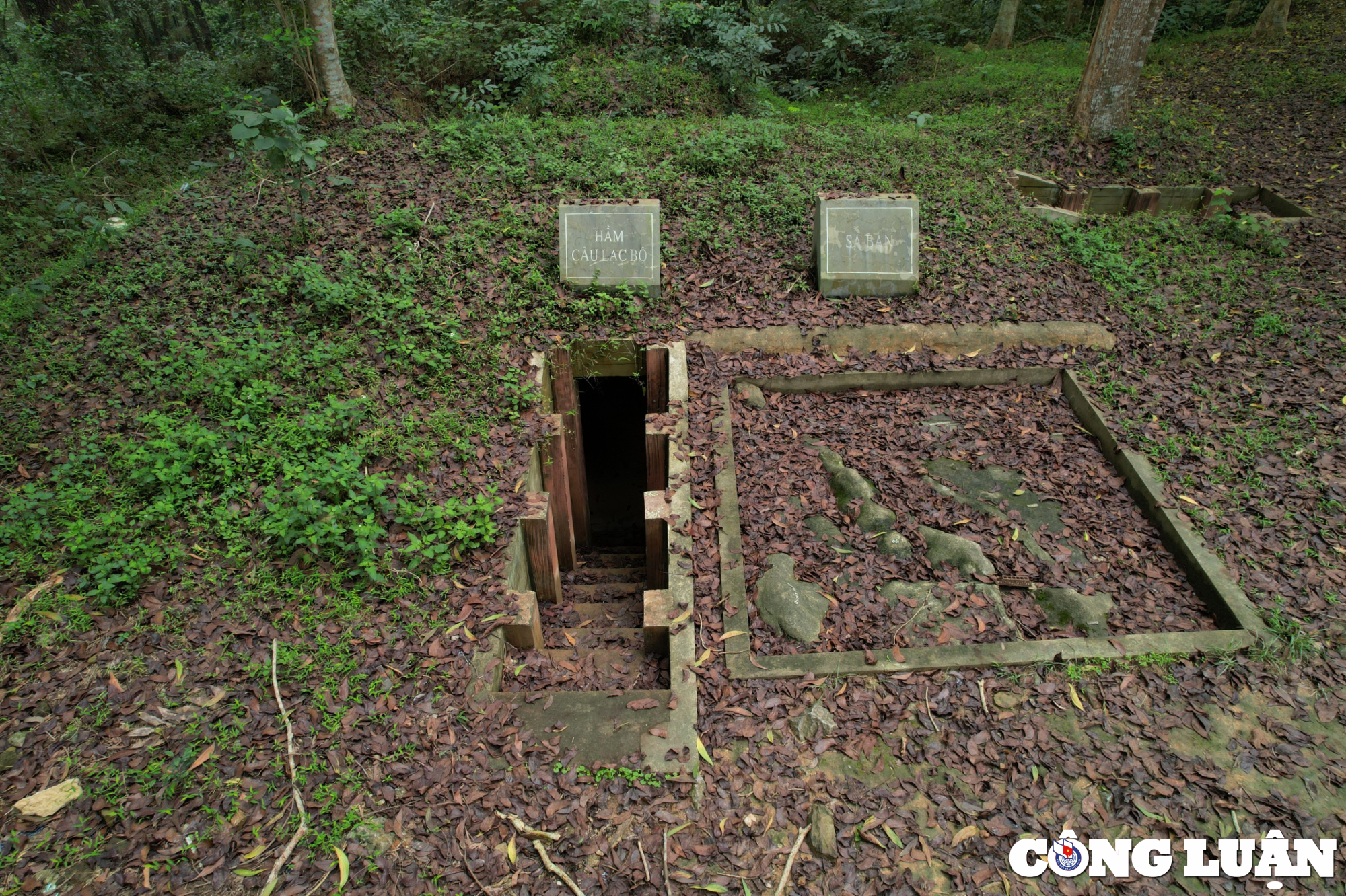
The club's basement entrance
Inside each bunker were two small A-shaped shelters, each just large enough for about two people to crawl inside. The A-shaped shelters served as hiding places for soldiers when the enemy dropped bombs.
In 2013, the bunkers at the former C4 anti-aircraft artillery site were restored by the local authorities, modeled after the memories of the soldiers who fought there. The old materials were replaced with concrete, painted to resemble wood, and given an earthy brown color.
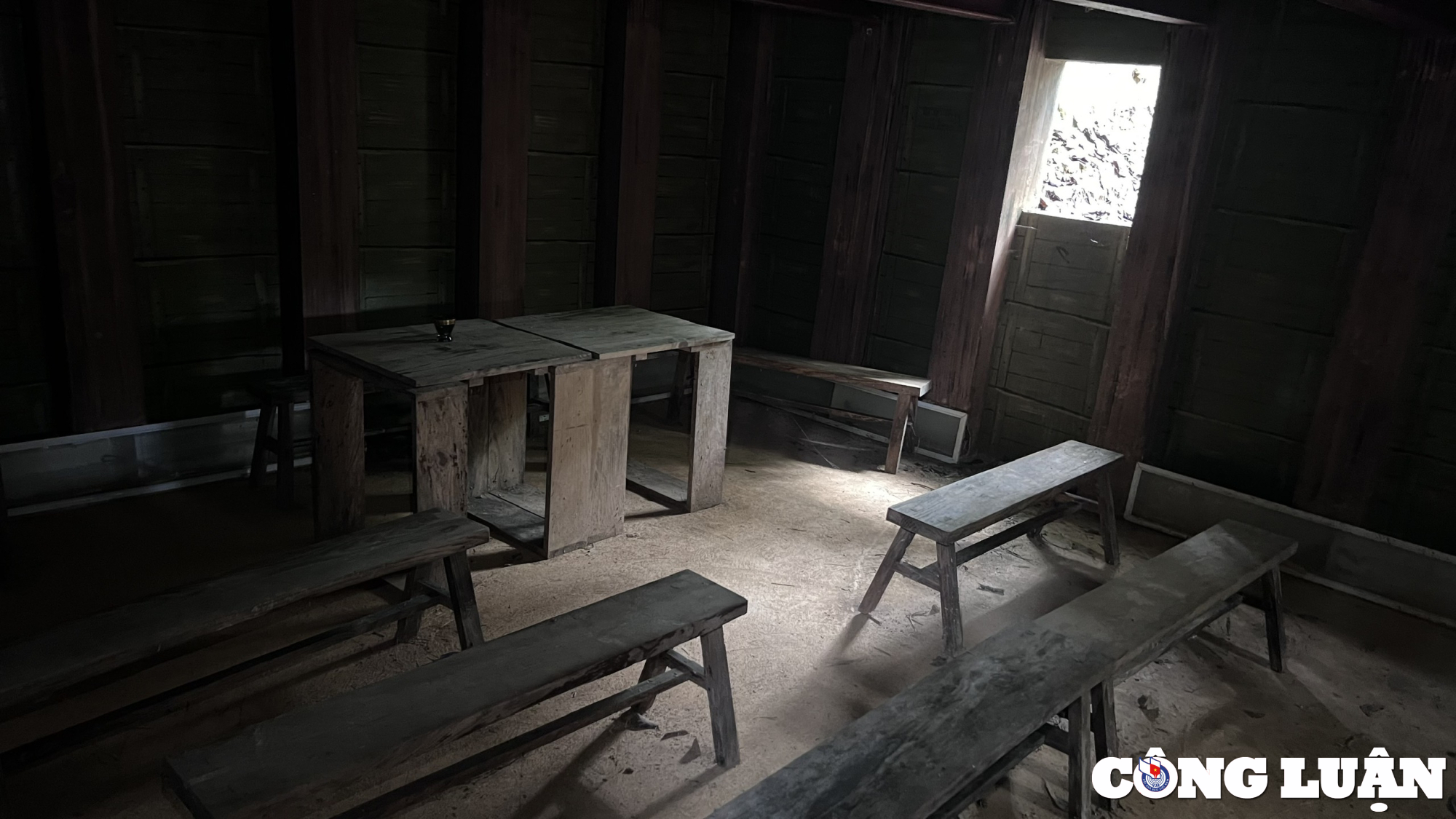
The basement, approximately 30 square meters in size, has two narrow entrances and exits. Inside, tables, chairs, and some essential items are neatly arranged and kept clean.
The C4 hill battleground became a nightmare for American pilots during the nine years of bombing Ham Rong, but it also witnessed many sacrifices by our troops. This was the fighting position of Battery 4 – also known as the "death battery". According to historical documents, in the battle with the US Air Force on September 3, 1967, all 11 soldiers of Battery 4 bravely sacrificed their lives.
During the years of steadfast resistance alongside the people and soldiers of Ham Rong in defending their objectives, Company 4 fought over 400 battles, contributing to shooting down 117 modern jet aircraft, including two B52s and one unmanned aerial vehicle.
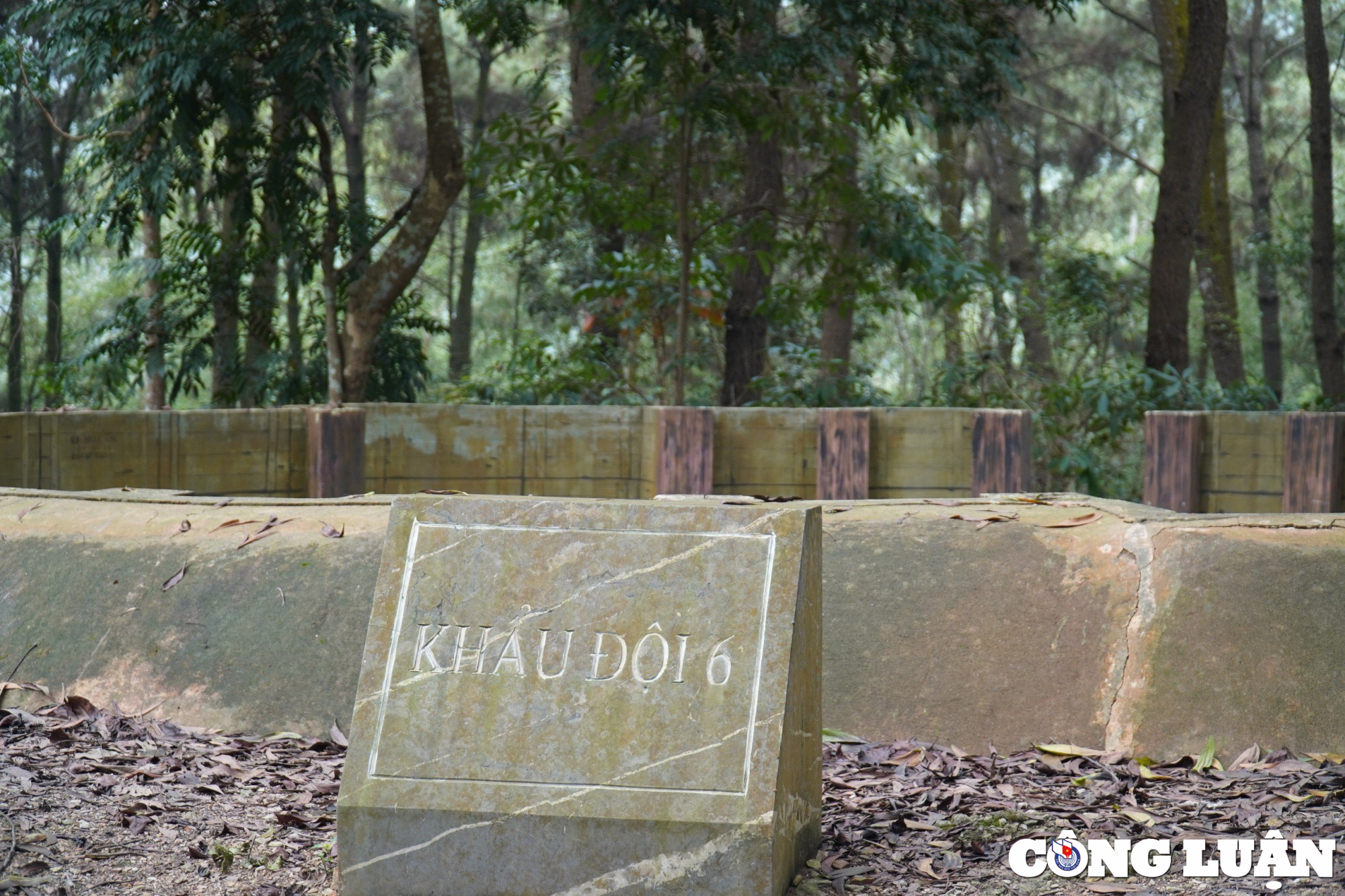
Gun batteries 1-3 were located on the east side, while the remaining three batteries were positioned on the west side.
Right next to the former battleground of the 4th Artillery Battalion, there are still large bomb craters, remnants of the enemy's bombs and bullets that rained down on this hill.
Not far from the command bunker, slightly to the west, is the club bunker, used as a resting and recreation area for soldiers after battles. The bunker is about 30 square meters, with two narrow entrances and exits. Inside, it is furnished with tables, chairs, and some necessary items, all neatly arranged and clean.
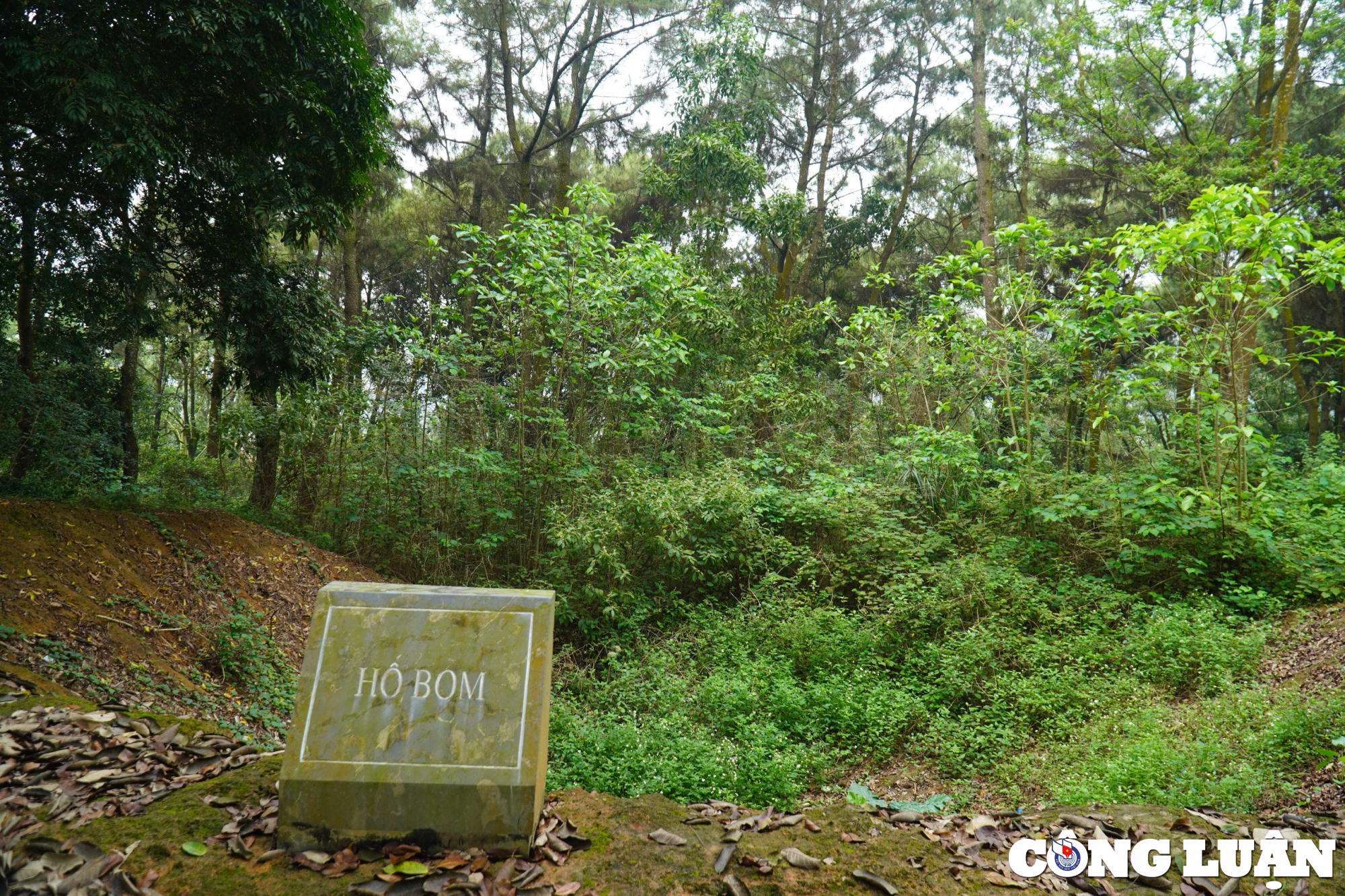
A bomb crater on Hill C4 caused the death of soldier Do Huu Toai in the battle on July 14, 1966.
On April 4, 1975, Company 4 left Hill C4 and marched into Nha Trang to protect the liberated zone, officially completing its historic mission of protecting the Ham Rong Bridge. In 1969, Company 4 was the first unit of Regiment 228 to be awarded the title of Hero of the People's Armed Forces by the State.
C4 Hill was classified as a national historical site in 1975. Two large commemorative plaques have recently been erected to record the historical significance and list the 20 martyrs who bravely fell on the C4 Hill battlefield.
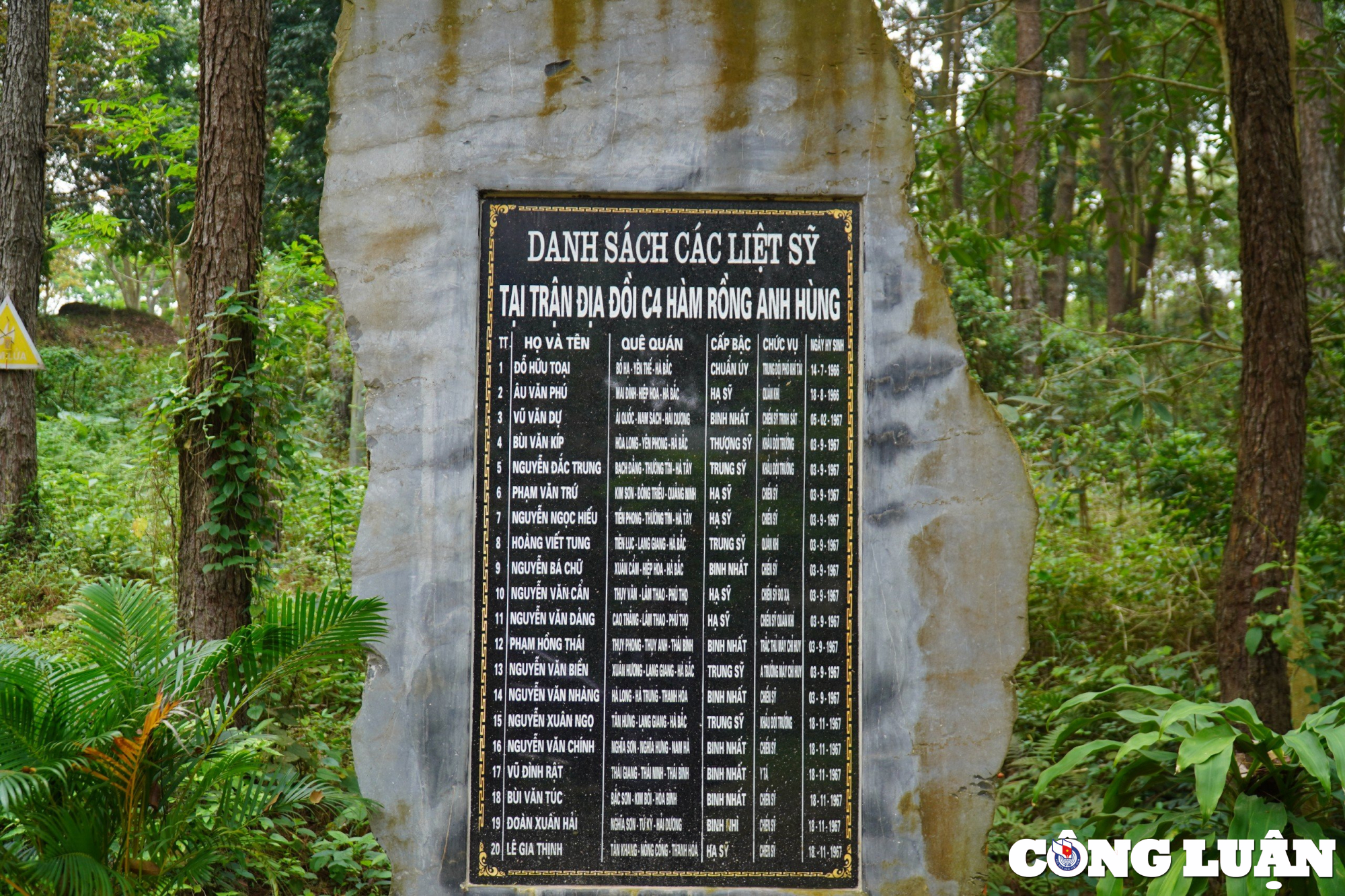
Statistics from the Thanh Hoa Provincial Military Command show that during nine years of fighting, the people and soldiers of Ham Rong defended their objectives and, together with Company 4, fought over 400 battles, contributing to shooting down 117 modern jet aircraft, including two B52s and one drone. Following these victories, many martyrs also perished in this area.
Because the summit of Hill C4 is not too high, locals often walk or cycle up there daily to enjoy the scenery and exercise. The area surrounding the former artillery position is now covered in lush greenery with pine forests and other large woody plants.
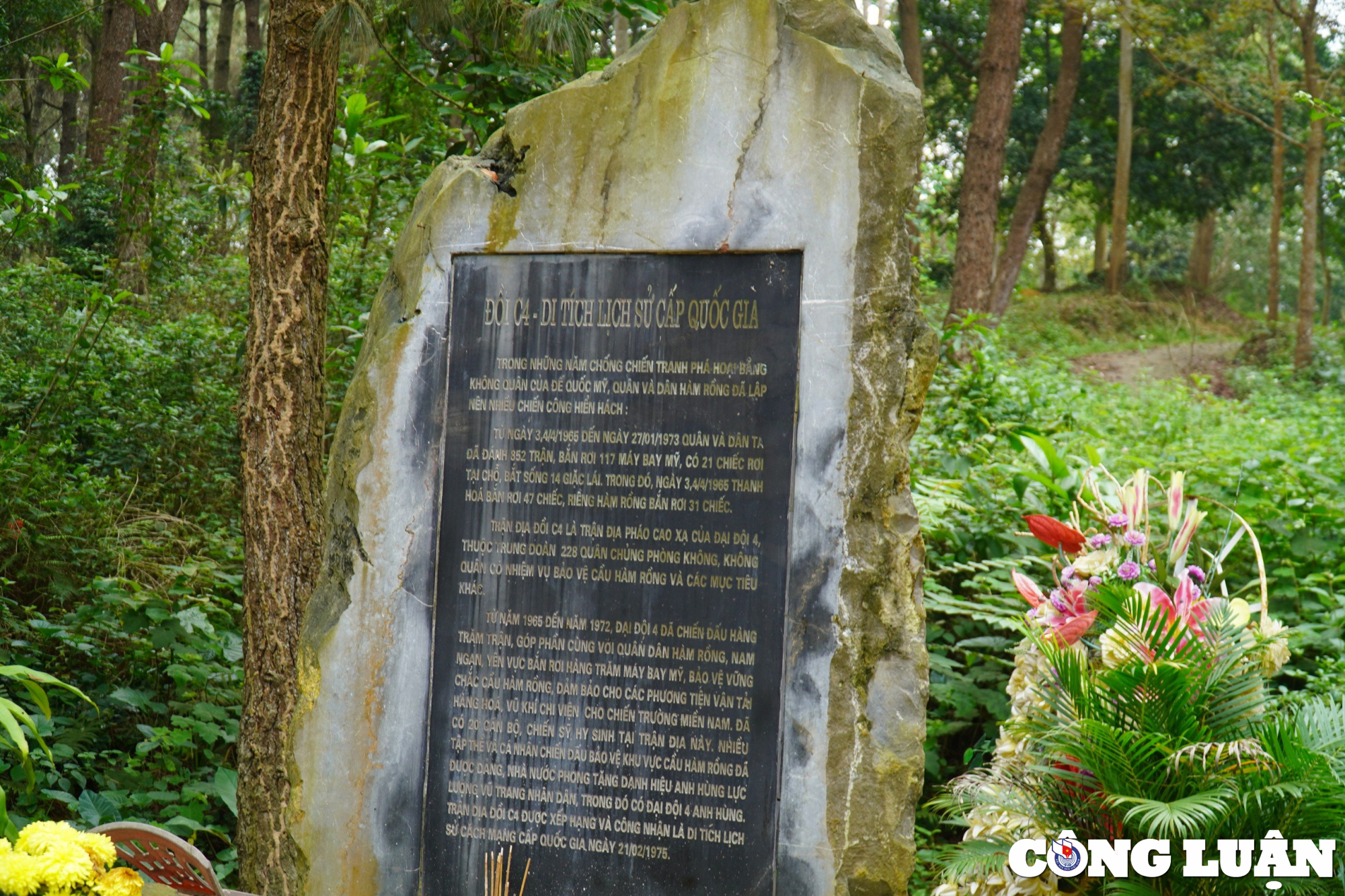
C4 Hill was classified as a national historical monument in 1975.
According to representatives of the Ham Rong Historical and Cultural Relic Management Board, every year, along with nearby relics such as Ham Rong Bridge, Long Quang Cave, the power plant, Dong Son ancient village, etc., the artillery emplacement on C4 Hill welcomes tens of thousands of tourists and local people to visit and learn about history.
Ha Anh
Source

































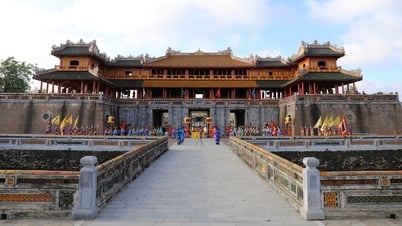






































































Comment (0)